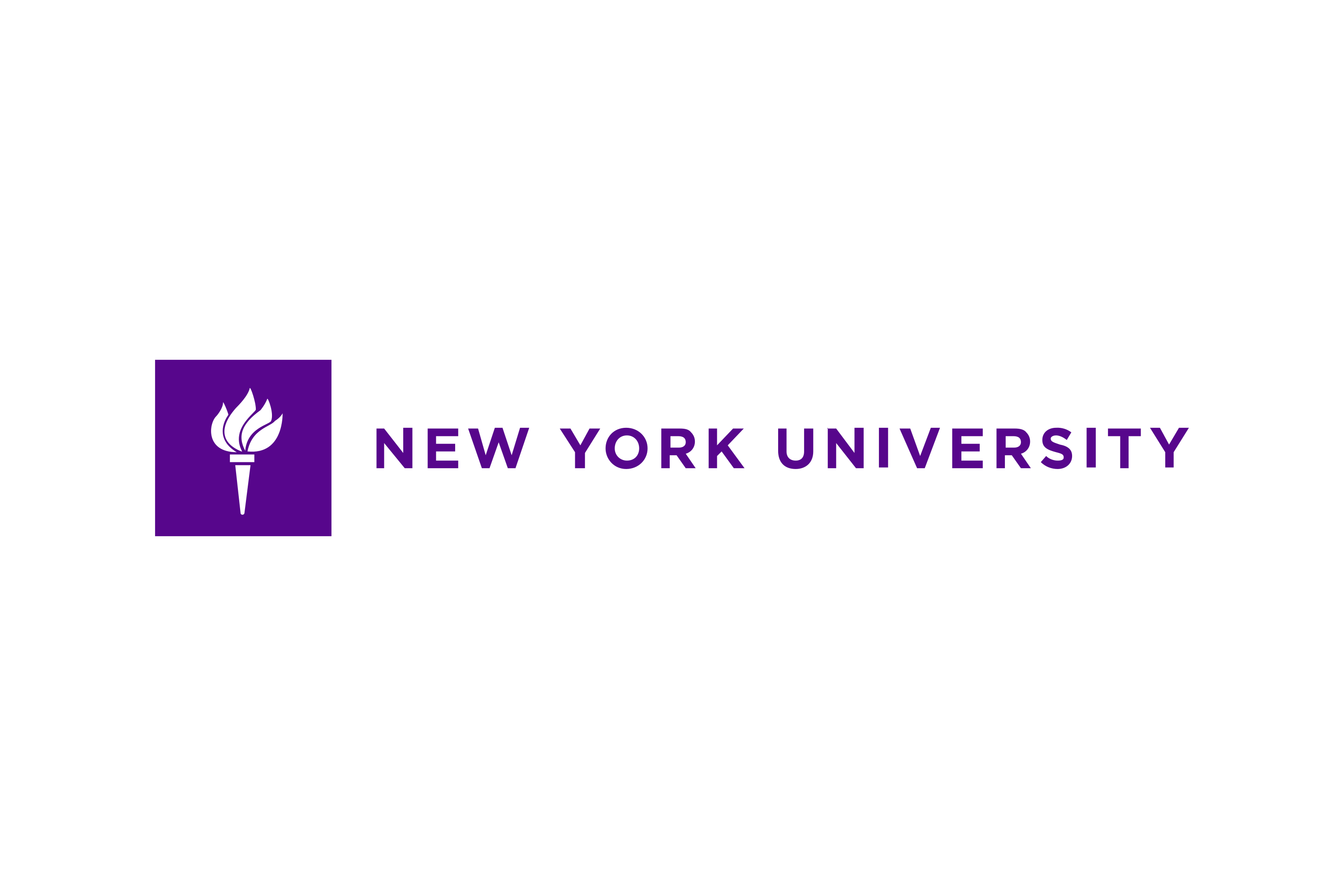New York University: Expanding Access to Life-Saving Drugs: Priceless
The high profit margins on prescription drugs in the United States can serve as an incentive for pharmaceutical companies to pursue innovative medical treatments. However, the costs also mean that large swaths of the population can’t afford the sometimes exorbitant price tags on medications for treatable conditions.
In an effort to tackle the sky-high prices of some prescription drugs vital to public health, NYU Law’s Technology Law and Policy Clinic (TLPC) partnered with PrEP4All, an HIV advocacy group, to publish a first-of-its-kind user’s guide on an obscure law known as “Section 1498.” Section 1498—28 U.S.C. § 1498—gives the federal government the power to bypass privately owned patents to increase access to medications, through accelerated licensing and distribution of generic versions of those medications.
Three students in the clinic—Joseph Adamczyk (Law ’22), Adrienne Lewis (Law ’22), and Shivani Morrison (Law ’21)—authored the 46-page guide that outlines Section 1498’s history and applications.
In enacting Section 1498, “Congress explicitly acknowledged that a private patent can’t override public need,” says Christopher Morten (Law ’15), deputy director of the TLPC and editor of the guide. “Baked into Section 1498 is a fundamental legal rule: the U.S. government can always use a patent in the public interest, no matter who owns it or how it was funded, even if it was generated entirely with private dollars. In exchange, the law guarantees the patent owner fair compensation for the government’s use of its patent.”
As a longstanding client of TLPC, PrEP4All sought the clinic’s help to increase access to medications like PrEP (pre-exposure prophylaxis), a daily pill that prevents HIV. During the COVID-19 pandemic, PrEP4All shifted gears to work to expand access to COVID-19 vaccines and treatments such as remdesivir, a medication that had to be rationed in summer 2020 because of shortages.
“Government patent use is a really powerful tool that already exists, and yet there is so much internal resistance or lack of knowledge, even among government officials, of the power of 1498,” says Morrison.
In writing the guide, the authors drew upon their individual backgrounds and expertise to provide a comprehensive primer on the law for prospective audiences.
“Shivani really focused on the history of the guide, the legal context and how it applies to pharmaceuticals, specifically,” says Lewis. “Joe was really the expert on litigation after use and the compensation to the patent holder, and I focused on the legal language and what patent use by and for the government means.”
While the guide focuses on prescription drugs, Section 1498 applies to any patented technology and has historically been used not just for pharmaceuticals, but for software, military supplies, and many other technologies. Despite its expansive power, the authors emphasize that Section 1498 benefits patent holders too.
“The nice thing about 1498 when you compare it to some of the other methods that the government could use regarding patent rights is that 1498 actually provides compensation to the patent owner,” says Adamczyk. “‘Reasonable and entire compensation’ is the legal standard of compensation. It maintains some of the patent incentives that are so important for biotech development and the pharmaceutical industry to keep making these essential medicines.”
In addition to writing the guide, the students participated in meetings with staff of members of Congress and with government agency personnel to discuss Section 1498 and answer questions about its usage. They hope that a newfound understanding and embrace of the law will help address a variety of national crises, including the ongoing pandemic.
“Do we as the American people have the power to decide ‘actually it’s time to cut some patent monopolies short, it’s time to bring drugs costs down, and it’s time to prioritize public health over private profit?’” Morten asks. “The answer is yes.”

